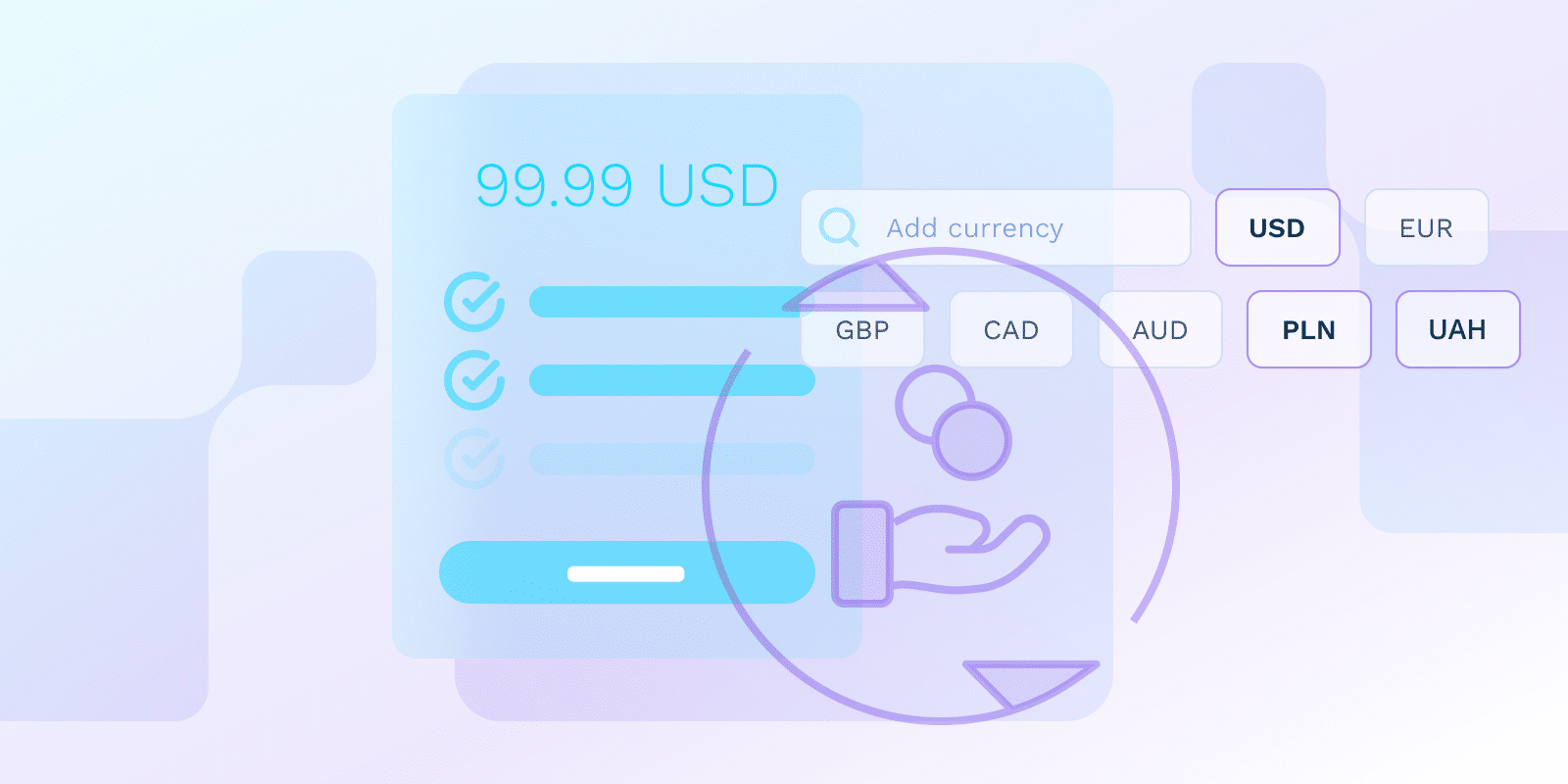What are SaaS Pricing Models?
Cloud Cost Optimization

What are pricing models?
Pricing models are methods used by Software-as-a-Service (SaaS) providers to determine how customers are charged. Each model has its benefits, and each caters to customers differently.
Apart from helping businesses set up a monetization practice, pricing models also calculate what users get for that price.
What are the different pricing models in SaaS?
Here is an overview of some of the different pricing models in SaaS:
- Flat-Rate Pricing: A single price for all features, often with unlimited usage. This model is simple and predictable.
- Usage-Based Pricing: The cost here is determined by how much the customer uses the software (e.g., per user, per transaction, per GB of storage).
- Cennik wielopoziomowy: This pricing model offers a range of plans with varying features and prices.
- Per-User Pricing: As the name implies, the cost increases with each additional user. This model can become expensive as your team grows.
- Per-Feature Pricing: The cost in this model is calculated based on the features required.
- Freemium Pricing: In this model, the SaaS provider offers the basic, limited features of the software for free while charging for premium and additional features.
Jak zwykle wyceniane są aplikacje SaaS?
Several factors affect the pricing of SaaS applications:
- Features and Functionality: More comprehensive software often commands a higher price.
- Rynek docelowy: Pricing may be adjusted to suit the budgets of specific industries or customer segments.
- Propozycja wartości: The perceived value of the software in solving customer problems plays a crucial role.
- Konkurencja: Pricing may be influenced by what competitors are charging for similar products.
- Hosting and Infrastructure Costs: The provider’s costs for maintaining servers and infrastructure can impact pricing.
What are the key factors influencing SaaS pricing decisions?
To strike a balance between business growth and winning new customers, SaaS companies must track:
- Customer Acquisition Costs (CAC): The costs of acquiring new clients.
- Operational Costs: To maintain healthy operating margins, software service providers must control operational costs. This requires the use of mechanisms to cut costs on clouds.
- Customer Lifetime Value (CLTV) – This is the revenue a customer is expected to bring in the lifetime a customer is with the company.
- Współczynnik odejść: This is the metric that defines the percentage of clients that have canceled their subscription to the service or product. The objective here is to fix a price that will lower the churn rate while keeping the price of the software high.
- Profit Margins: The amount of profit that a company wishes to attain from that particular Product.
What is SaaS pricing localization?
SaaS pricing localization refers to the process of determining prices by looking at where the customers are based and how that influences the price. When localizing prices, SaaS businesses need to consider aspects like currency, purchasing power as well as culture, and different social norms.
Additional Tips:
- When choosing a SaaS product, carefully consider your budget, usage patterns, and needed features.
- Look for transparent pricing information from the provider.
- Be aware of hidden costs, such as setup fees or overage charges.
- Compare different providers and pricing models to find the best fit.
Podsumowanie
Selecting a pricing model that is appropriate for your audience and market as a whole is an essential aspect of the profitability and the success of the SaaS product. By comprehending the different strategies and the reasons behind them factors, SaaS providers can customize their strategies to the particular desires of the consumers and market.